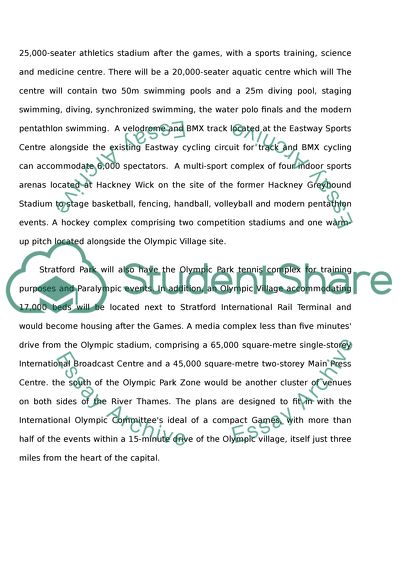Cite this document
(“Cultural Landscape and Regeneration (The Olympic Stadium 2012) Essay”, n.d.)
Cultural Landscape and Regeneration (The Olympic Stadium 2012) Essay. Retrieved from https://studentshare.org/miscellaneous/1503742-cultural-landscape-and-regeneration-the-olympic-stadium-2012
Cultural Landscape and Regeneration (The Olympic Stadium 2012) Essay. Retrieved from https://studentshare.org/miscellaneous/1503742-cultural-landscape-and-regeneration-the-olympic-stadium-2012
(Cultural Landscape and Regeneration (The Olympic Stadium 2012) Essay)
Cultural Landscape and Regeneration (The Olympic Stadium 2012) Essay. https://studentshare.org/miscellaneous/1503742-cultural-landscape-and-regeneration-the-olympic-stadium-2012.
Cultural Landscape and Regeneration (The Olympic Stadium 2012) Essay. https://studentshare.org/miscellaneous/1503742-cultural-landscape-and-regeneration-the-olympic-stadium-2012.
“Cultural Landscape and Regeneration (The Olympic Stadium 2012) Essay”, n.d. https://studentshare.org/miscellaneous/1503742-cultural-landscape-and-regeneration-the-olympic-stadium-2012.


